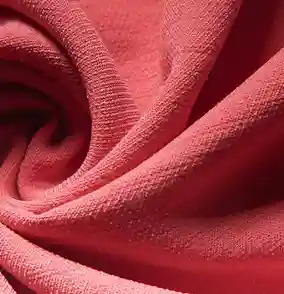Damask

Damask description
The first mention of “damask” in the West was in a document from 14th-century France. At the time, nations within the borders of modern France and Italy were the mercantile centers of the world, so most types of textiles were inspected and categorized by French merchants at one point or another. Beaded Damask Beaded Damask It’s unclear exactly when the peoples of the Middle East started weaving fabric in damask patterns, but historians have long recorded that damask, tabby, twill, tapestry, and lampas are the five main textile products of the glory days of Byzantium and Arabia. By the Middle Ages, the popularity of this fabric style lessened everywhere aside from Spain, which remained occupied by Muslims until the 15th century. While silk remained the most popular damask material throughout the Renaissance and Enlightenment, weavers still experimented with woolen and cotton damasks as well. In Western Europe, the silkworms of Asia were very far away, so silk damasks became something of a luxury item reserved for nobility.
